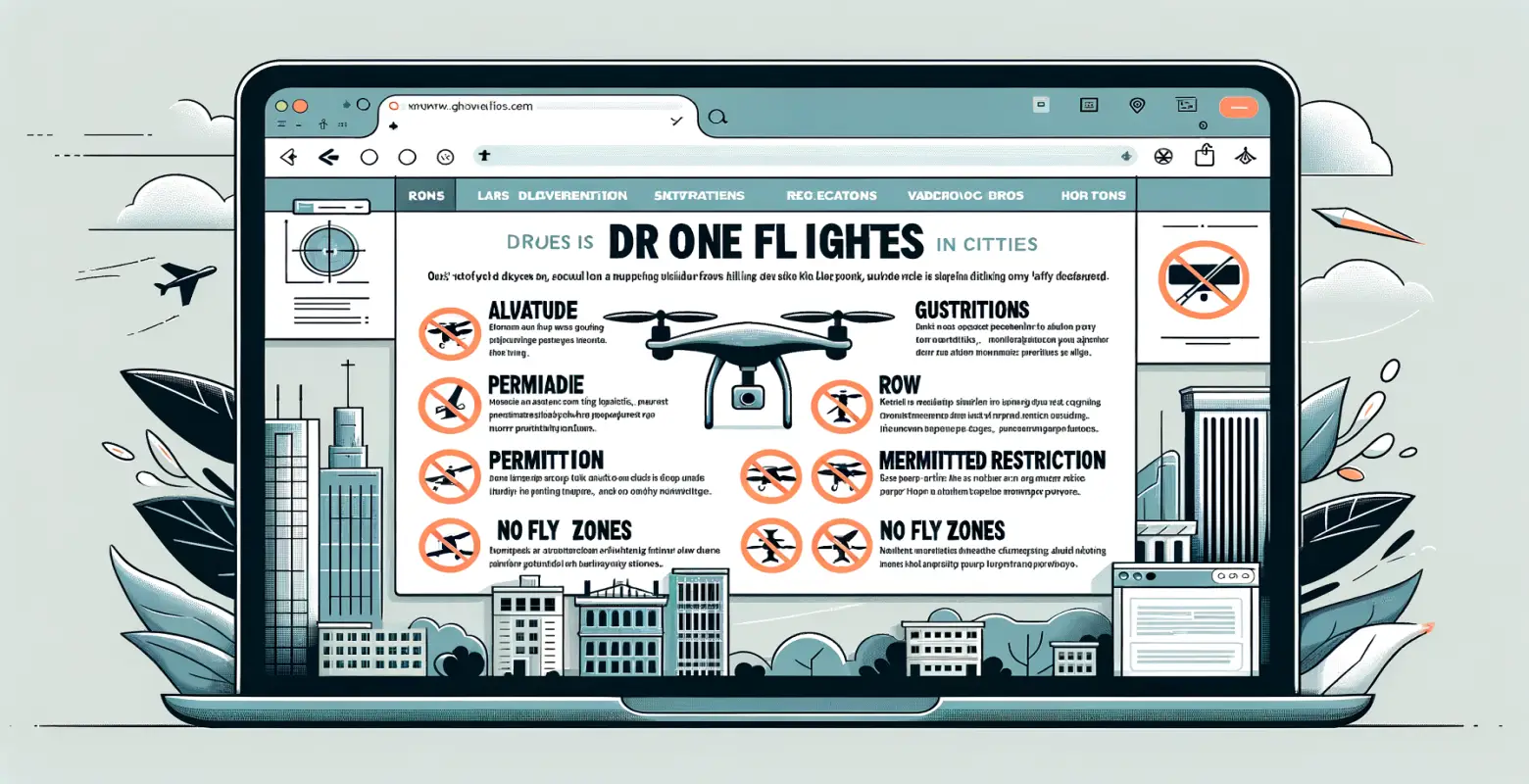What are the regulations concerning drone flights in airspace above cities?
Introduction
In recent years, drones have become an integral part of our everyday lives. From photography and videography, through delivery services, to industrial and rescue applications - their potential is enormous. However, along with the growing popularity of drones, new challenges arise, especially in the context of their use in urban spaces. Regulations regarding drone flights over cities are crucial to ensure the safety and privacy of citizens, as well as to protect urban infrastructure. In this article, we will take a detailed look at the regulations governing drone flights over cities, paying attention to their significance, challenges, and future trends.
Basic legal regulations regarding drone flights
Before a drone takes off, every operator must familiarize themselves with the applicable regulations. In Poland, regulations concerning drone flights have been harmonized with those of the European Union. As of December 31, 2020, Commission Implementing Regulation (EU) 2019/947 is in force, introducing uniform rules for all EU member states.
Risk categories division: Drones are classified based on the level of operation risk into three categories: open, specific, and certified. For flights in urban areas, the open category with subcategories A1 and A2 is most commonly used, limiting operations to areas where there is no risk to bystanders.
Operators registration: Every operator whose drone weighs over 250 grams or has a camera must register in the ULC system (Civil Aviation Authority). Registration allows tracking drone usage and increases users' accountability.
Specific restrictions for flights over cities
Drone flights over cities are subject to greater restrictions due to population density and infrastructure. Here are a few key limitations:
Restricted and prohibited zones: In cities, there are zones where drone flights are prohibited or require special permits. These include airport areas, government facilities, critical infrastructure, and places with high pedestrian traffic.
Flight altitude: In urban airspace, drone flights are usually limited to a maximum altitude of 120 meters above ground level. Exceptions to this rule require special permits.
Safety and privacy as key aspects
Safety and privacy are crucial issues that legal regulations seek to protect. Drone users must adhere to rules regarding collision avoidance and not intruding on residents' personal space in cities.
Privacy: Drone users must ensure that their flights do not violate the privacy of third parties. This means avoiding filming or photographing individuals without their consent and conducting non-invasive flights over private properties.
Challenges related to enforcing regulations
Despite clear regulations, enforcing drone regulations in cities encounters certain difficulties. One of the main challenges is identifying operators and monitoring compliance with the rules.
Monitoring technologies: In cities, monitoring technologies such as radar systems or mobile applications are increasingly used to track drone movements and identify cases of rule violations.
Benefits and potential uses of drones in cities
Despite challenges, drones offer many benefits for cities and their residents. Here are a few potential uses:
Traffic monitoring: Drones can be used to monitor traffic flow and identify congestion, allowing for better vehicle flow management.
Deliveries: Logistics companies are increasingly testing drones as couriers, which can significantly speed up deliveries and reduce road congestion.
The future of drone flights over cities
As drone technology advances, we can expect further changes in regulations regarding their use. In the future, autonomous drones that operate without direct human supervision may be introduced.
Smart cities: Drones can become an integral part of smart cities, supporting infrastructure management and delivery of urban services.
Summary
Drone flights over cities are regulated by a set of rules aimed at ensuring safety and privacy. Despite challenges in enforcing these regulations, drones offer many benefits and have the potential to become a significant element of the urban landscape. It is important for operators to be aware of the applicable regulations and ensure compliance, allowing for the sustainable development of this technology in the future.






Number of comments: 0